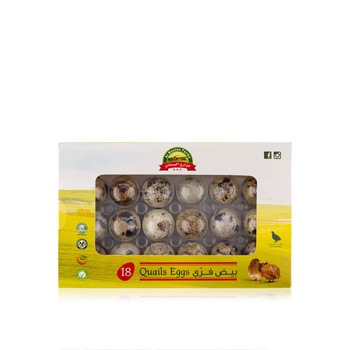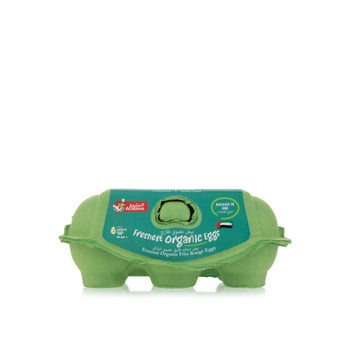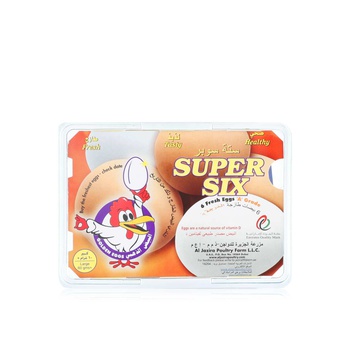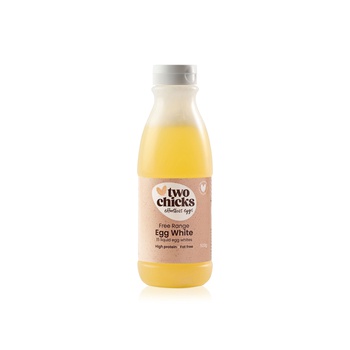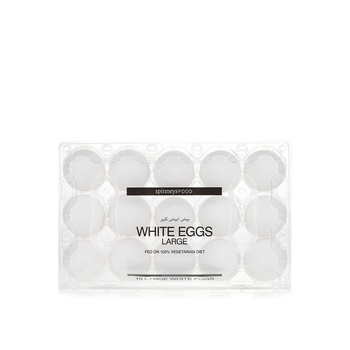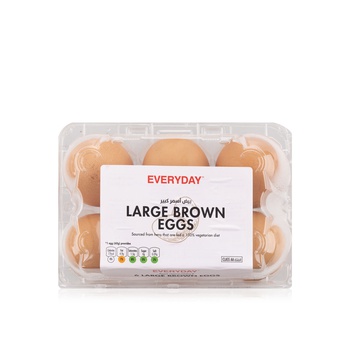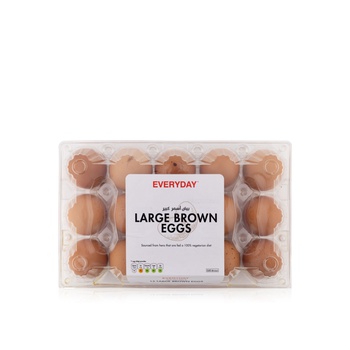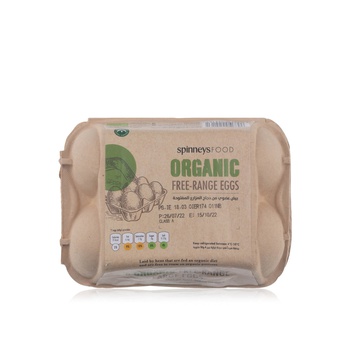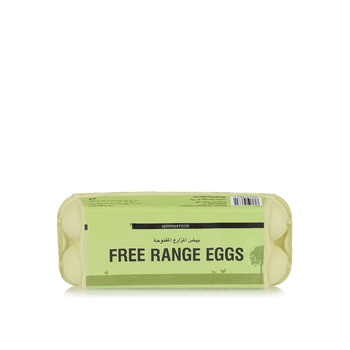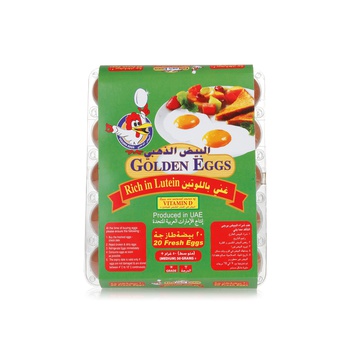Here’s how to make the most out of arguably one of the most versatile and great-value ingredients
THINGS TO KNOW ABOUT EGGS
- Store them in their cartons
This is because cartons stop the eggs from losing water and also protect them from absorbing the aromas of other foods that might be close by in the fridge. Also, avoid storing eggs in the door as the temperature fluctuates there. The back of the fridge is the best spot.
- You can freeze them
Yes! Both eggs and whites can be frozen (out of their shells) for up to three months.
- Fresher isn’t always better
Fresh eggs make perfect poached eggs while slightly older eggs are great for boiling as they are easy to peel.
- Temperature matters
When a recipe calls for room-temperature eggs, it is important that they really are at room temperature, specifically for baking. When eggs are at room temperature they are able to incorporate more air and thus add more volume to baked goods.
HOW TO CHECK FOR FRESHNESS
Place an egg in a bowl or jug of water. Older eggs will float because a large pocket of air forms in the base, but fresh eggs will sink. Discard any eggs that float as they are no longer safe to eat.
WHITE EGGS VS. BROWN EGGS
Aside from the colour of the eggshell, there is little difference between brown and white eggs. The eggshell colour depends on the breed of the hen. Generally speaking, eggs with white shells come from hens with white feathers, while brown-shell eggs are produced by hens with brown feathers.
SEPARATING EGGS
- By hand: crack an egg over a small bowl; tip the yolk into your clean hand, and allow the white to run through your fingers into the bowl. (This way, if you make a mistake, you won’t contaminate the rest of the whites or yolks.) Place the yolk in a separate bowl and decant the whites into a separate bowl.
- By spoon: choose a slotted spoon with openings that are not wide enough for an egg yolk to slip through, and hold the spoon over a bowl. Crack an egg over the spoon, letting the white slip through the slots. Gently shake the spoon to help any remaining egg white separate from the yolk and slide into the bowl. Transfer the yolk to a separate bowl.
Did you know
Egg size is related to the age of the hen – as a hen gets older, she lays larger eggs.
BOIL AN EGG LIKE A BOSS
1 Heat a medium-sized pot of water over a low heat until just simmering. Add 1 tsp of vinegar.
2 Gently lower room-temperature eggs into the water with a spoon – this will prevent them from cracking.
3 Gently simmer the eggs for the desired doneness.
- Runny: 5 minutes
- Soft: 6 minutes
- Medium: 8 minutes
- Hard-boiled: 10 minutes
4 Remove the eggs and place them in cold water to cool down.
POACH PERFECT
1 Heat a medium-sized pot of water over a low heat until just simmering.
2 Add 2 tsp of vinegar and use a wooden spoon to create a gentle whirlpool.
3 Crack each egg, one at a time, into a small bowl and gently slip into the water.
4 Poach the eggs, one at a time, for 3-4 minutes, or until the egg white is cooked and the yolk is still runny.
5 Remove with a slotted spoon and serve immediately.
COOK’S NOTE
Egg yolks are delicious stirred into creamy pasta dishes and risotti. Add them just before serving and toss through.
TOP TIP
Got a piece of eggshell in raw eggs? Scoop it out using another piece of shell.




